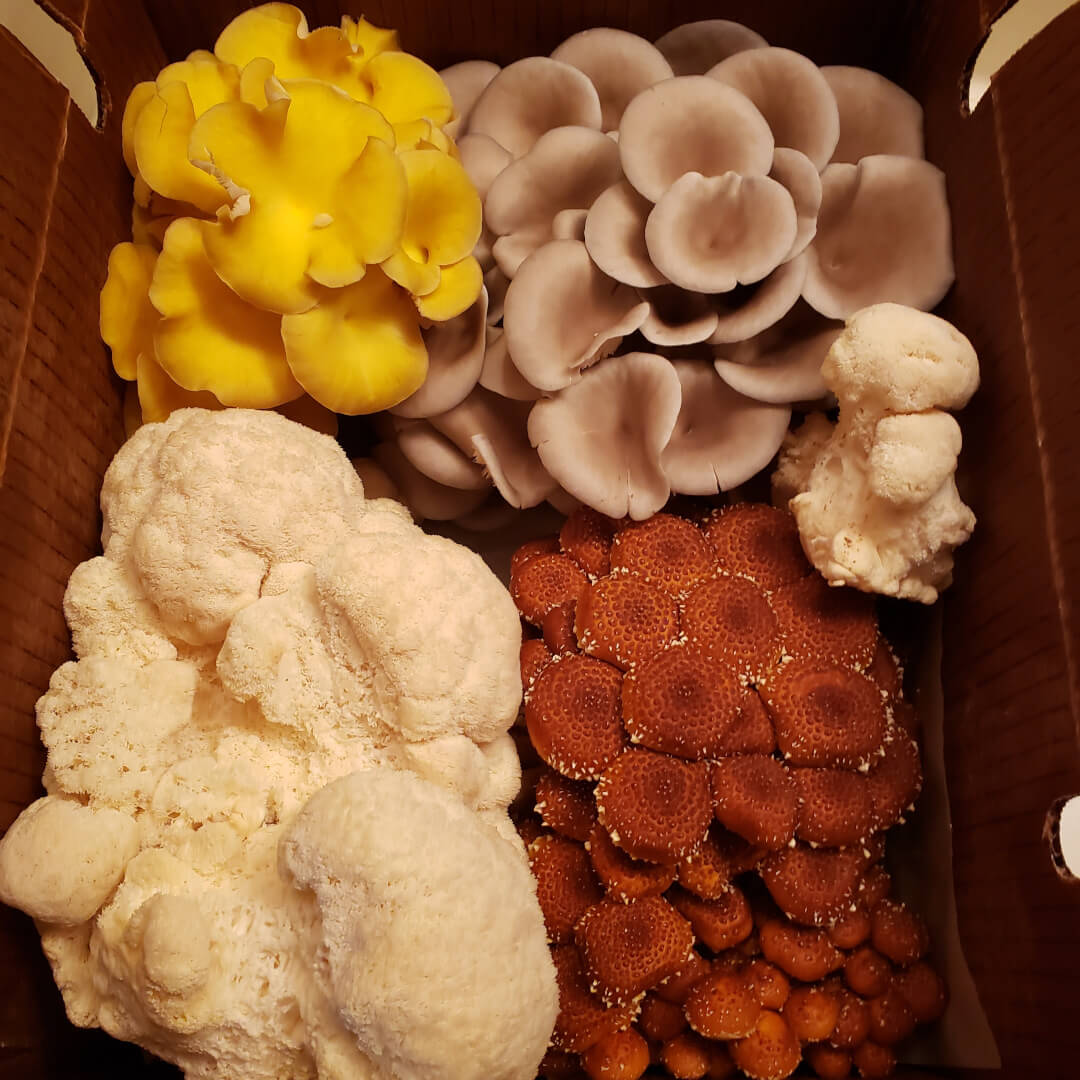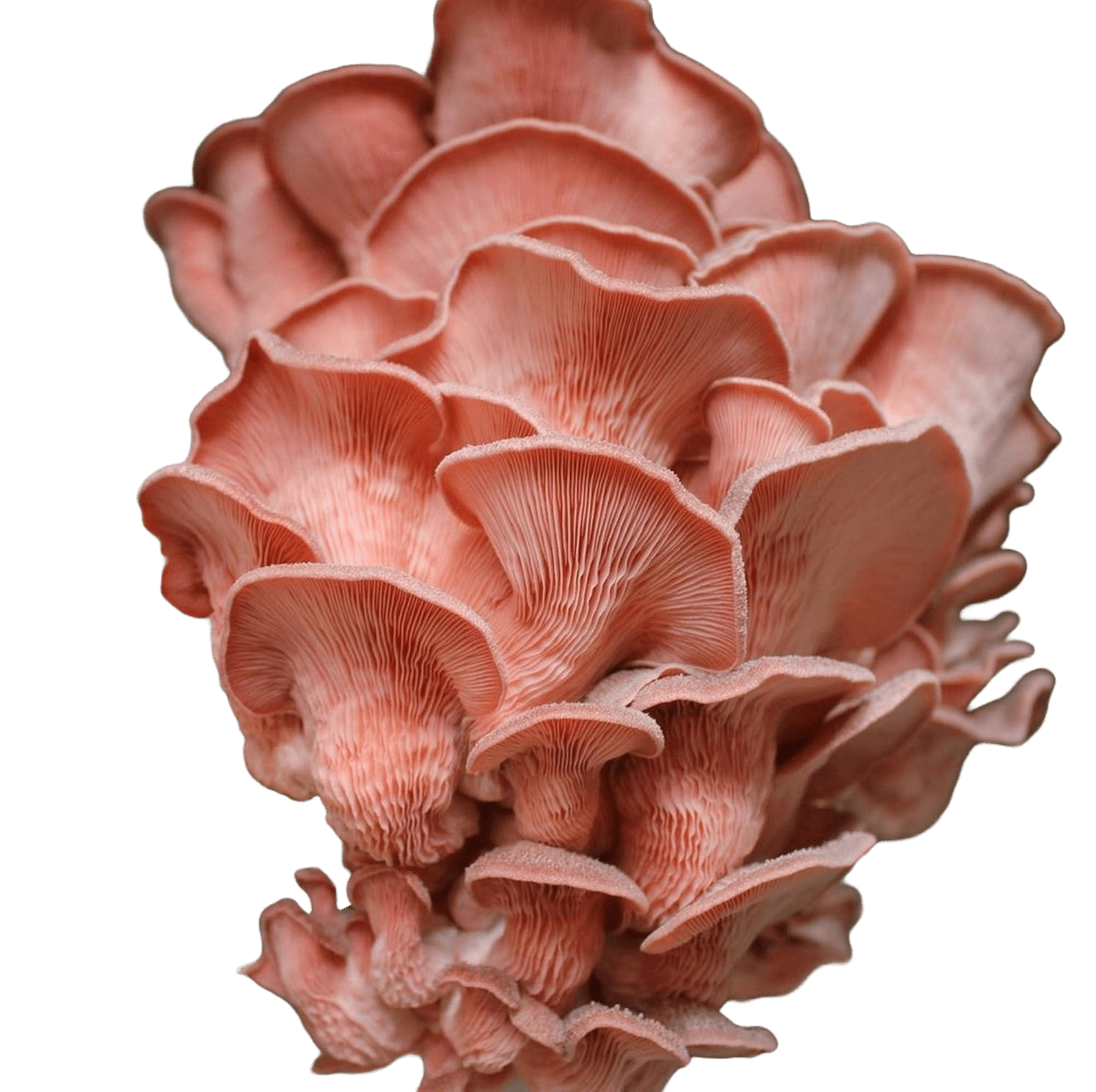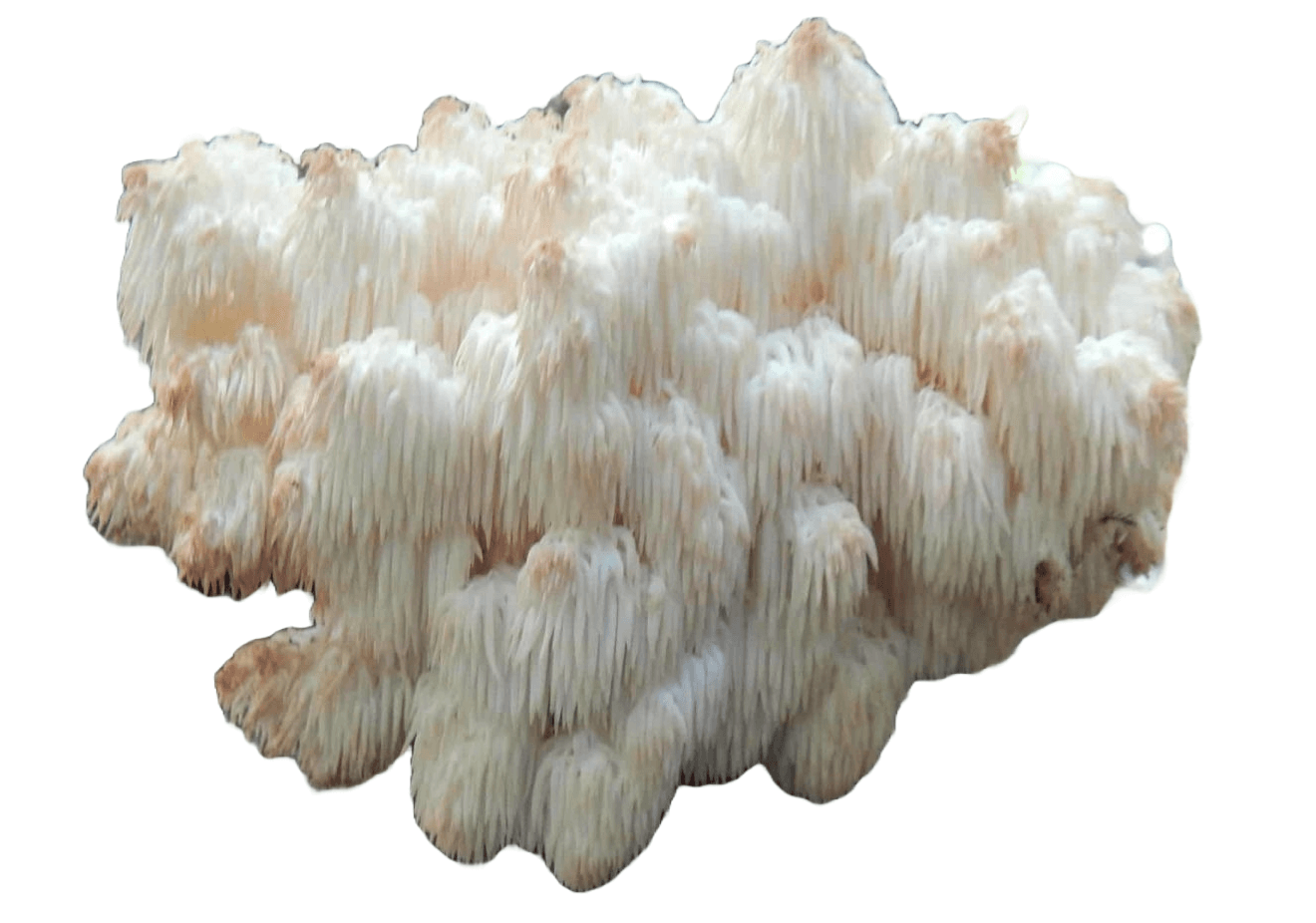Grow Gourmet Mushrooms at Home (Yes, You Totally Can)
Table of Contents
Imagine stepping into your kitchen, grabbing a handful of fresh-picked mushrooms you grew yourself, and tossing them straight into the pan. Sounds like a scene from a slow-living cooking show, right? But growing gourmet mushrooms at home is surprisingly simple—and wildly satisfying.
Whether you’re working with a tiny apartment or a tricked-out grow shelf in the basement, you don’t need a ton of space or experience to get started. With just a bit of patience, the right species, and a misting bottle, you’re in business.
Let’s walk through it—step by step, no fluff.
Step 1: Pick Your Mushrooms
Since we’re keeping it focused, here are three standout gourmet mushrooms you can actually get growing today—with links to the cultures you’ll need.
🌸 Pink Oyster (Pleurotus djamor)
- Flavor: Bold, peppery, and slightly meaty—plus they look amazing, like edible coral.
- Grow Style: Loves coffee grounds, straw, or sawdust. Needs high humidity (80–90%) and indirect light.
- Why It Rocks: Incredibly fast-growing and beginner-friendly.
- Best In: Stir-fries, tacos, or tossed into a hot skillet with a splash of soy sauce.
👑 King Oyster (Pleurotus eryngii)
- Flavor: Earthy and mild, but the real star is the texture—thick, meaty stems that mimic scallops when sliced and seared.
- Grow Style: Thrives on hardwood sawdust or straw. Likes moderate humidity and is resilient.
- Why It Rocks: Long shelf life and elegant shape.
- Best In: Grilled rounds, marinated skewers, or even “vegan bacon” strips.
🧠 Lion’s Mane (Hericium erinaceus)
- Flavor: Subtly sweet, seafood-like—think crab or lobster vibes.
- Grow Style: Prefers hardwood or sawdust, indirect light, decent airflow, and moderate humidity.
- Why It Rocks: Popular in wellness circles for its potential brain-boosting compounds.
- Best In: Sliced and seared “steaks,” mushroom-based crab cakes, or lightly breaded and fried.
Step 2: Choose Your Growing Method
- Grow Kits – Super beginner-friendly. Just add water (basically). Great for Pink Oysters and Lion’s Mane.
- Straw or Coffee Grounds – Ideal for Pink Oysters. Pasteurize, mix in spawn, and mist regularly.
- Hardwood Sawdust Blocks – Best for King Oysters and Lion’s Mane. More stable and productive.
- Plastic Bag Tek – Works with all three. Just add substrate, spawn, seal, and cut slits for fruiting.
Step 3: Dial in the Conditions
| Mushroom | Temp Range | Humidity | Light |
|---|---|---|---|
| Pink Oyster | 65–85°F | High (85%) | Indirect |
| King Oyster | 60–75°F | Moderate | Indirect |
| Lion’s Mane | 60–70°F | Moderate | Low–Medium |
A spare bathroom, basement shelf, or closet with a humidity tent can work wonders. Use a hygrometer to monitor levels, and mist regularly. Lion’s Mane especially loves a gentle breeze.
Step 4: Watch, Wait, Harvest
In a few days to weeks, you’ll spot fluffy white mycelium crawling through the substrate. Then comes the fruiting—the moment those weird and wonderful shapes start pushing out of the bag.
When the caps are open and the mushrooms look fully developed, twist them off at the base gently. Most setups will yield 2–3 flushes before winding down.
Troubleshooting: When Your Mushrooms Get Moody
Not Fruiting? Just Mycelium Forever?
- Humidity’s Too Low: Mist more frequently and add a humidity tent. Aim for 80–90% RH.
- Stale Air: Increase airflow with a fan or crack open the tent a few times a day.
- Wrong Temps: Check your setup with a thermometer and adjust accordingly.
Tall, Skinny, or Misshapen Mushrooms?
Usually a sign of poor light or airflow. Add indirect light and ensure there’s fresh air exchange.
Contamination (Green, Black, or Weird Colors)
Most likely mold. Toss the grow and sterilize tools and space better next time.
Lion’s Mane Just… Blobs?
It’s probably too dry or lacking airflow. Mist more often, add a fan, and avoid direct light.
Pins Abort or Dry Up?
Humidity likely dropped too low. Mist more, but avoid spraying pins directly. For later flushes, try soaking the substrate block overnight.
Mushrooms Look Great But Taste… Meh?
Wait until caps are fully open before harvesting. Let them dry slightly for better texture and flavor when cooking.
What’s Next? Level Up Your Mushroom Game
Once you’ve got a few grows under your belt, explore building a fruiting chamber or working with agar and liquid cultures. It gives you more control and options for scaling up.
All of these gourmet species are available in liquid culture at Atlas Spores.
Eat Like You Foraged It Yourself
Pink Oyster tacos. Grilled King Oyster rounds. Crispy Lion’s Mane crab cakes. Fresh, homegrown mushrooms aren’t just better—they make every dish feel special. Plus, with health perks like brain support and immune-boosting properties, they’re doing more than tasting good.
👉 Ready to grow something weird and wonderful?
Start with a liquid culture from Atlas Spores, and let the fungi fun begin.
Want this turned into a branded PDF grow guide or infographic for product inserts or email marketing? Let us know—we’d love to help.









